Fujinon XF 18-120mm F4 LM PZ WR Review
Dustin Abbott
July 20th, 2023
Powerzoom lenses are always a bit of the oddball in the room – caught between video and photography. The PowerZoom function is most reminiscent of the focus on camcorders or similar video cameras, but the cameras that a PZ lens will be mounted on is, at its heart, a device designed first and foremost for photography. Serious cinematographers tend to use more complex focus-follow systems and gearing for their systems, while many of those who are photographers first probably aren’t all that interested in the idea of zooming during video recording even if they do video. That leaves a fairly small niche for these lenses, which in many ways is a shame, as the Fujinon XF 18-120mm F4 LM WR PZ is, in many ways, the perfect all-in-one zoom for Fuji X-mount. It has a great focal range (nearly 6.7x zoom ratio), a constant aperture of F4, quality autofocus via the linear motors, an internally zooming design, and fairly good optics throughout. That focal range is so useful, going from 18mm (27mm full frame equivalence):
to 120mm (183mm full frame equivalence):
The vast, vast majority of photography subjects fall within this range, and I found the lens very useful as a walkaround lens. I personally preferred it to either the 18-55mm F2.8-4 OIS or the 16-80mm F4 OIS (though surely some will dispute the latter), but that is with a major caveat: I tested the lens on two bodies that have IBIS (In Body Image Stabilization) – the Fujifilm X-H2 and the new X-S20. The one acronym missing from the 18-120mm PZ’s description is OIS – which stands for Optical Image Stabilizer. There is no in-lens stabilization, which is actually very rare for any Fuji zoom lenses with an aperture of F4. If you own a body with IBIS, you may not miss it, but it is a very odd decision in a video specific lens considering how many of Fuji’s cameras don’t have IBIS. Trying to get handheld video without stabilization is a nightmare! This is a lens that should probably only be seriously considered by those that have a camera with IBIS.
If you do own such a camera, Fuji has developed some of the best IBIS systems out there. My X-H2 held the viewfinder perfectly steady with the 18-120mm PZ zoomed out to 120mm, and I was able to easily get 120mm shots with 1/5th of a second shutter speeds (right over 5 stops) and some success going one stop lower to 0.5 second shutter speeds.
I’ve read a number of user reviews since this is a lens that has been on the market for a while before I’m actually reviewing it (it released in September 2022), and most of the criticisms seem to fall around the lack of OIS and some frustrations with the video specific aspects of the lens. I actually feel like the lens would have been better received if they had gone a more conventional route and added OIS rather than the powerzoom functionality.
There is some renewed interest in PZ lenses at the moment due to the release of the TG-BT1 Tripod Grip. I’ve reviewed several such accessories in the past for other platforms, and they are very useful for Bluetooth control, extending your reach for vlogging, a quick tabletop tripod, and even for video capture where you have the major controls right at hand. It’s particularly useful if you have one of the powerzoom lenses (like the kit lens 15-45mm OIS PZ) or the 18-120mm PZ as you can smoothly zoom in our out without grasping a ring of any kind. This definitely adds some versatility and reminds me of using a remote to zoom my camcorder in years past.
I’ve reviewed the 18-120mm PZ on two different camera bodies. One is the compact X-S20 body (which I reviewed here); the second is the larger, higher resolution X-H2 (my review here). The X-H2 is the camera I’ve done the optical tests on, and it is the most demanding platform at the moment for any lens to be tested on. So does this lens make sense? We’ll try to answer those questions and more in this review. If you would prefer to watch your reviews, you can choose to watch my definitive video review below…or just keep reading.
Check me out on: My Patreon: | Google+: | Facebook: | Twitter: | Flickr: | 500px: | Sign Up for My Newsletter :
Follow Me @ YouTube | Patreon | Instagram | Facebook | DA Merchandise | Flickr | 500px Thanks to Fujifilm Canada for loaning me this lens for review. As always, this is a completely independent review and my conclusions are my own.
Fuji XF 18-120mm PZ Build and Handling
Fuji likes to essentially build the feature list of their lenses right into the name, so if you learn to “speak Fuji” you can quickly get a sense of what a lens does and does not have right from the name. In this case, the name includes LM, WR, and PZ
- LM = Linear Motors, Fuji’s premium focus system
- WR = Weather Resistance
- PZ = Powerzoom
We’ve already mentioned that OIS is missing, but another interesting omission is R, which stands for aperture ring. This is another odd omission, as just about all of Fuji’s other zooms do have an aperture ring. The lack of an aperture ring is less unusual on most other platforms, but this has been one of the defining attributes of lens design on Fuji, so I suspect some photographers will definitely miss it as they are accustomed to using the ring as their point of control for aperture. This most likely means that you will have to assign one of the control wheels to aperture when using the lens.
Fuji has delivered a thoroughly weather sealed lens here with a gasket at the lens mount, internal seals (12 of them!), and a fluorine coating on both the front and rear elements. The latter helps deal with fingerprints or water and makes the elements easier to clean.
The overall shape of the 18-120mm PZ is different from competing zooms because of being an internally zooming design. This obviously will help with the weathersealing, as well, as nothing extends outside the lens during zooming. The dimensions of the XF 18-120mm PZ are 3 (D) x 4.9″ (L) / 77.3 x 123.5 mm with a 72mm front filter thread size. The weight is moderate at 1 lb or 470 g. It has a fairly long and slim lens profile, and while the internal zoom makes it a little longer for storage, there are a number of very positive trade-offs.
The primary one for video work is that this makes for a great gimbal lens. Depending on your gimbal, you may be able to activate the powerzoom feature right from your gimbal controls, and because of it being an internally zooming lens, the weight balance will be the same regardless of what focal length you are selecting.
Most of the physical controls are designed around two functions: zooming and focusing. In the case of zooming, you have three different ways to zoom. One is the typical zoom ring that most photographers will be familiar with (it’s the widest ring in the center of the lens). You can also use the unique Zoom/Focus control ring (the slimmer ring between the zoom ring and the Z/F button). There is also a small lever beneath the Z/F button that can be used for slow, controlled zooming. You would think that with three options here, there would certainly be at least one standout way to zoom the lens, but for stills, at least, that just isn’t the case.
Why?
Because all three approaches involve a “zoom-by-wire” functionality, where the input from the rings is actually routed through the powerzoom motor. Even the main zoom ring requires about five rotations to get from 18 to 120mm. There’s no quick way to zoom, which means that as a photographer, you will probably miss a few shots because you are intent on getting to the focal length you want but can’t quickly get there. It’s also worth noting that the powerzoom motor isn’t silent, so it is possible that you will pick up some sound if shooting in a very quiet environment.
The “rocker-style” zoom ring is a little more useful, as it is position sensitive. If you move it all the way in one direction or another, it will speed up the zoom, and the zoom action will be slower if you press it only partway forward or backward. This is good for smooth, continuous zooming (the main zoom ring will be limited by your wrist rotations, with a pause between them), but it still isn’t fast even if push the rocker all the way forward or backward. I started from 18mm moving as fast as it would allow and counted an easy “3 Mississippis” (roughly 3 seconds) before I reached 120mm. Not a lot of time in an absolute sense, but an eternity if you are desperate to get a shot.
The final option is the small lever/buttons under the Z/F button that allows you to do very slow, very controlled zooms by pressing in one on side of the rocker or the other. You can then release, as the lens will slowly and smoothly continue slowing panning out or in. And I mean slowly. I started a video and initiated the zoom, and it took nearly 30 seconds to go from 18 to 120mm! Obviously this is designed for slow pulls in or out and isn’t useful for much else.
The biggest challenge here is that the lens is not parfocal (focus is not at a consistent point throughout the zoom range), so as you zoom the lens must make small focus adjustments, and I could often see them. You can choose a small focus point and place it where you want, obviously, but what is small at 18mm is going to be huge by 120mm in terms of how much of the frame it occupies, so that almost certainly means that there will be some focus adjustments along the way. This was a lens that REALLY needed to be parfocal and is not. That’s a missed opportunity and is one of the chief complaints from real world users who wanted to love the lens but didn’t because of this.
In many ways the single biggest value of the powerzoom is the ability to remotely control it. That allows for the camera/lens to be tripod mounted and thus have pans in and out without the fear of introducing vibration. The TG-BT1 grip/remote is a good option for that. I break down its function in this short video:
The final piece of the puzzle is the Z/F button. It allows you to switch between Zoom or Focus for the rocker style ring at the back. The idea is to allow for smooth focus racks. It does work, though I found two issues with the actual operation. First, this only works if you want to do relatively small focus changes, because (you guessed it!) focus moves as slowly as the zoom action. A large focus change takes a LONG time even at the fastest setting. The second issue is that it is basically impossible to take pressure off the rocker (say at the end of your focus pull) without jarring the camera. That’s fine if you want to just focus right through your target (you can then cut the jarring out in post), but if you want to pull to your subject and then stay there, it is very difficult to do that smoothly. The upside is that you can do some focus pulls in a way that Fuji’s standard focus rings don’t really allow for, but the execution still isn’t quite there.
One final observation is that the Z/F button has a lot of travel and doesn’t activate until the end of it. You have to push a little harder (and deeper) than what you might expect.
In most other ways the lens feels like standard Fuji fare. It has quality feel to it and has Fuji’s attractive classic semi-gloss black finish.
The included lens hood is is a petal shaped design. As usual, I don’t feel like the hood feels quite as quality as the materials of the lens, and the finish is slightly more matte and seems to get rub-marks and scratches far more easily than the nicer finish on the lens barrel.
There are no other switches on the barrel, as AF/MF is handled via a lever/button on Fuji camera bodies. Thus far Fuji has nothing that is the equivalent of Sony’s “focus hold button” on their lenses, nor is there any option to declick the aperture. That seems like an odd omission in a lens so clearly designed around video.
The minimum focus distance is a not-particularly-close 60cm, but the magnification figure is a very useful 0.20x nonetheless. Here’s a look at MFD:
Up close performance is fairly good, with nice detail and nicely blurred out backgrounds.
You’ve probably been able to pick up on what has been the major issue with the 18-120mm PZ; it has a lot of promising ideas but doesn’t quite deliver on them. There are some key areas where the execution reduces the potential of the lens. On paper, I like a lot of the ideas here, but the lens doesn’t quite live up to expectations in real world use. I love the internally zooming design, the constant aperture, the weather sealing, and the modest weight of the lens. I don’t love the zooming and agree with other users that the aperture ring is missed.
Fujinon XF 18-120mm F4 LM Autofocus Performance
The Fujinon XF 18-120mm PZ is equipped with a linear focus motor, which is Fuji’s premium autofocus system. Focus was smooth, quiet, and fast. I had no problems locking on subjects, even if that subject was a bird on the wing.
Focus was also accurate around my bee hive, with the insect detection locking onto the bees as they moved in and out of the hive.
Focus of Nala on the move was also good, with good eye tracking and stickiness:
I startled a flock of gulls near the water, and while focus didn’t start on the gulls (I was bringing the camera up), you can see that focus adjusted and was accurate as I panned across the water to follow them.
Focus breathing was well controlled in my video focus pulls tests. I saw no visible steps during the actual pull, but I did see an unfortunate common Fuji trait – focus traveled the majority of the way but then would have a split second pause before settling on the final focus lock. Fuji still isn’t quite at the level of Sony or Canon in this area. My hand test (where I reach forward and block the view of my face before removing it and allowing focus to come back to my eye) was smoother. Fuji’s AI tracking is quite good, and it seems like focus is more confident if there is one of the “trackable” subjects in frame.
I had my daughter shoot a clip of me approaching in my truck for my Ford Maverick review, and the vehicle was tracked smoothly as it approached the camera and as she panned to capture me passing.
As noted, the lens is not parfocal, so when I filmed the fast zoom clip for my review, you could clearly see focus trying to catch up by the time I reached 120mm. Focus is fast, but not quite fast enough to keep up in that instance. Another problem that could have been solved by a parfocal design.
In general, however, autofocus is good for both stills and video work.
Fuji XF 18-120mm PZ Image Quality Breakdown
The Fuji XF 18-120mm PZ has an optical design of 15 elements in 12 groups, and this includes 3 aspherical and 3 ED elements. The MTF chart shows a very strong performance in the center of the frame at both 18mm and 120mm, with some regression near the mid-frame. At 18mm there is a further dip that improves right at the edge of the frame (a unique graph), while at 120mm the MTFs show a steady regression to the corners, which are fairly soft.
The extremely high resolution of the Fujifilm X-H2 (40.2MP) that I’m reviewing the lens on is essentially the most optically demanding platform I review on right now, offering much greater pixel density than the 61MP Sony a7RV or Fujifilm GF100S and its 100MP medium format sensor. I have quickly seen that not every lens holds up well to the demands of this sensor, so this will be a hard test. There were moments that I was pleasantly surprised, however, as in this shot of wildflowers (104mm, F4):
Fuji’s correction profiles are typically quite good, but I’ll turn them off to take a look at the actual lens performance when it comes to vignette and distortion. There is (unsurprisingly) a strong amount of barrel distortion present along with significant vignetting at 18mm:
I corrected the distortion with a +17, and while the manual correction isn’t perfect, the distortion did correct in a fairly linear fashion. Vignette is moderately heavy (nearly three stops) and required a +73 to fully correct.
As you progress through the zoom range, the distortion flips to pincushion style distortion that is progressively stronger as you zoom out. At 12omm it is the strongest, looking like this:
This distortion is nice and linear, and easy to correct, but there is a fair bit (-14 to correct). Vignette isn’t bad at all, however, requiring only a +39 to correct for it. As per usual, Fuji’s correction profiles do a nice job of adjusting for all of these issues.
How about chromatic aberrations? When I went looking for longitudinal chromatic aberrations, I found very little of them either on my test chart on in real world images. There is a very minor amount of fringing before and after the plane of focus on my test chart, but little that shows up in the real world…even with all of those pixels on the X-H2 to reveal them. You can see on these white blossoms that there are no apparent fringing issues:
As we’ll see a little later, however, I did some fringing in harsher outdoor lighting.
I also looked for the lateral chromatic aberrations that show up near the edge of the frame in high transition areas. There are minimal amounts of LaCA, that seem very concentrated at the very edge of the frame:
There’s no deal breaking flaws here. This is actually a pretty good performance for a zoom lens with such a broad zoom ratio.
So how about sharpness? Here’s a look at my test chart that the crops came from (40MP images from the X-H2):
Here’s a look at 18mm F4 crops (about 175% magnification) from the center, mid-frame, and corner:
We see essentially what the MTF chart shows: a sharp center, a good mid-frame, and a fairly good corner performance. I’m not wowed by the amount of contrast and rending of fine details, though I’ve seen much worse. Unfortunately there isn’t a lot extra “in the tank” here if you stop the lens down. There’s a very mild improvement of contrast at F5.6, but no further gains at F8 due to diffraction already starting to limit what gains might naturally be there. Here’s a real world image at 18mm, F8 with crops.
You’ll see that detail is good but not exceptional, and the textures aren’t clearly defined even in the center, though the center has more contrast and detail than the crop from the edge of the frame.
Minimum aperture is F22, but you can see that diffraction has completely robbed the image of all sharpness and clarity.
It’s worth observing that very high resolution cameras like the X-H2 or X-T5 are going to be better served by large aperture lenses. They can be stopped down multiple stops before diffraction begins (it typically shows up between F5.6 and F8 and gets progressively worse as the aperture closes down). That allows these lenses to achieve maximum sharpness before diffraction occurs. A lens like the 150-600mm F5.6-8 is already past that diffraction point at its maximum aperture of F8 on the telephoto end, meaning that you can’t stop the lens down to improve sharpness effectively.
Moving on to 35mm shows an almost identical performance to the results at 18mm, though without the odd dip about 2/3rds of the way out. There’s a more consistently linear performance in sharpness, so my outer midframe results definitely look better even if the corners are about equal:
Stopping down to F5.6 gives a mild improvement in contrast. Real world results at landscape apertures look very nice on a global level even if the detail doesn’t pop off the screen at a pixel level.
The results at 50mm are the best yet, with a slight improvement over the 35mm results. There is more contrast and detail, and it shows up across the frame. It’s a mild improvement, but it is there. This real world image looks nice and crisp in the plane of focus:
There’s also slightly more capacity for increased sharpness when stopped down. I noticed a little more improvement than earlier focal lengths when stopping down to F5.6 or F8.
At 90mm the image was definitely softer at F4, though I saw a much more obvious improvement at F5.6 than usual. This real world result at F4 looks pretty good even if contrast isn’t fantastic.
My test results show a similar trend at 120mm. Results are a bit softer across the frame, and the corner performance is considerably weaker than at wider focal lengths. Stopping down to smaller apertures helps somewhat, but the lens never really gets particularly sharp.
This real world shot at F8 shows a pretty good performance in the center (though you can see some “blooming” in the highlights due to weak contrast), but the edge shot is quite soft and shows some strong aberrations on the edges of some of the brighter subjects.
Contrast seemed better at closer distances and easier lighting conditions.
On the flip side, I actually felt like the bokeh quality was pretty good at longer focal lengths for a zoom like this. At closer distances you have the ability to really blur out a background, and this image at 120mm, F4, looks great.
Likewise, the bokeh in this shot of bright leaves against the green background of a rainy day also looks great.
With a less ideal subject to background ratio, things can get a little busier, but not terrible:
You’ll get a little more outlining in the bokeh in the middle of the range (where the lens is sharper), but again, not bad:
I found that flare resistance was fairly good, and for normal, real world use, flare wasn’t a problem.
A typical strength of Fuji lenses is the color rendition, and that continues to be the case here. Colors in this big landscape scene are nice:
Colors on a more intimate level are also good, with nice saturation levels.
Forest greens had a beautiful saturation level – not overdone or garish, but just right.
Optically, this lens is fairly good. Sharpness isn’t exceptional, but it was good enough to produce nice looking images, and there aren’t any critical flaws to report. If you are shooting one of the high-resolution bodies, you’ll have to decide just how much of a pixel peeper you are. Thus far it has seemed to me that only the sharpest of Fuji primes are actually great on this demanding 40MP sensor, but the 18-120mm PZ doesn’t embarrass itself optically, either. Check out the image gallery to see more images for yourself and see if this is the lens for you.
Conclusion
I’m left with mixed emotions at the conclusion of my review period with the Fujinon XF 18-120mm F4 LM WR PZ. There are a number of things I genuinely like about the lens. I love the zoom range, the constant maximum aperture, the quality weather sealed build, the good autofocus, and the internally zooming design. But there are also a number of questionable design decisions that hold back the potential of the lens. The decision to not include OIS will affect some Fuji shooters, and the inability to realize a parfocal lens really limits some of the video-specific elements. Traditional photographers are unlikely to enjoy the zoom mechanics and the lack of an aperture ring. And it’s a shame, as I think Fuji could have gone a more traditional route with this lens and really had a winner.
This the second PZ lens for Fuji, and it obviously occupies a much more premium space than the inexpensive 15-45mm PZ kit lens. There is certain a market for powerzoom lenses, and this 18-120mm PZ is a vast improvement on the performance, build, autofocus, and focal range of the kit lens. I also found the combination of the 18-120 and the new TG-BT1 tripod grip an interesting combination, as it gives you remote control of the powerzoom functionality. It could be particularly useful for working off-camera.
The current price of the 18-120mm PZ sits at $899 USD. That prices it above the more traditional Fujifilm XF 16-80mm F4 OIS lens. There are things I prefer about the 18-120mm, but there’s no question that the 16-80mm will prove more popular with the photography crowd. Some of the execution and ergonomic misses that I’ve detailed have lessened the excitement over this lens. It’s unfortunate, as this is a lens that had a lot of potential. There is a market for this lens, but I would only recommend buying if you are seriously interested in powerzoom.
Pros:
- Well made lens
- Good build and weather sealing
- Internally zooming – great for balancing on gimbal
- Smooth, quiet autofocus
- Great focal range
- Constant aperture
- Balances well on a gimbal
- Can control powerzoom from gimbal or tripod grip
- Bokeh quality fairly good for a big zoom ratio
- Low levels of chromatic aberrations in most situations
- Beautiful color rendition
- Fairly good flare resistance
Cons:
- No aperture ring
- No OIS
- No quick way to zoom
- The lens is not parfocal
- Bright conditions cause some fringing
- Sharpness only okay
Gear Used:
Purchase the Fujinon XF 18-120mm F4 @ B&H Photo | Adorama | Amazon | Camera Canada | Amazon Canada | Amazon UK | Amazon Germany
Purchase the Fujifilm X-H2 @ B&H Photo | Adorama | Amazon | Camera Canada | Amazon Canada | Amazon UK | Amazon Germany
Purchase the Fujifilm X-T5 @ B&H Photo | Adorama | Amazon | Camera Canada | Amazon Canada | Amazon UK | Find it Used at KEH
Purchase the Fujifilm X-S20 @ B&H Photo | Adorama | Amazon | Camera Canada | Amazon Canada | Amazon UK | Amazon Germany | Ebay
Purchase the Fujifilm X-S10 @ B&H Photo | Amazon | Camera Canada | Amazon Canada | Amazon UK | Amazon Germany | Ebay
Want to support this channel? Use these affiliate links to shop at: B&H Photo | Amazon | Adorama | Camera Canada | Amazon Canada | Amazon UK | Ebay | Make a donation via Paypal
Buy DA Merchandise https://bit.ly/TWIMerch
Keywords: 18-120mm, 18-120mm F4, XF 18-120mm F4, Fuji, Fuji 18-120mm Review, Fujinon XF 18-120mm F4 Review, WR, LM, PZ, Powerzoom, F4, F/4, Fujinon, Fujifilm, X-H2, FujiFILM X-H2, X-H2 Review, X-T5, Fuji X-S20, Fuji X-H2 Review, Fujinon, Dustin Abbott, Review, Sensor, Tracking, Wide Angle, Stabilization, Eye AF, Viltrox, XF, Review, Hands On, Video Test, Sharpness, High ISO, Autofocus, Dynamic Range, 40MP, 40 MP, Lens, Comparison, Test, Dustinabbott.net, APS-C, X-Trans, letthelightin, DA
DISCLAIMER: This article and description contains affiliate links, which means that if you click on one of the product links, I’ll receive a small commission. As an Amazon Associate I earn from qualifying purchases.










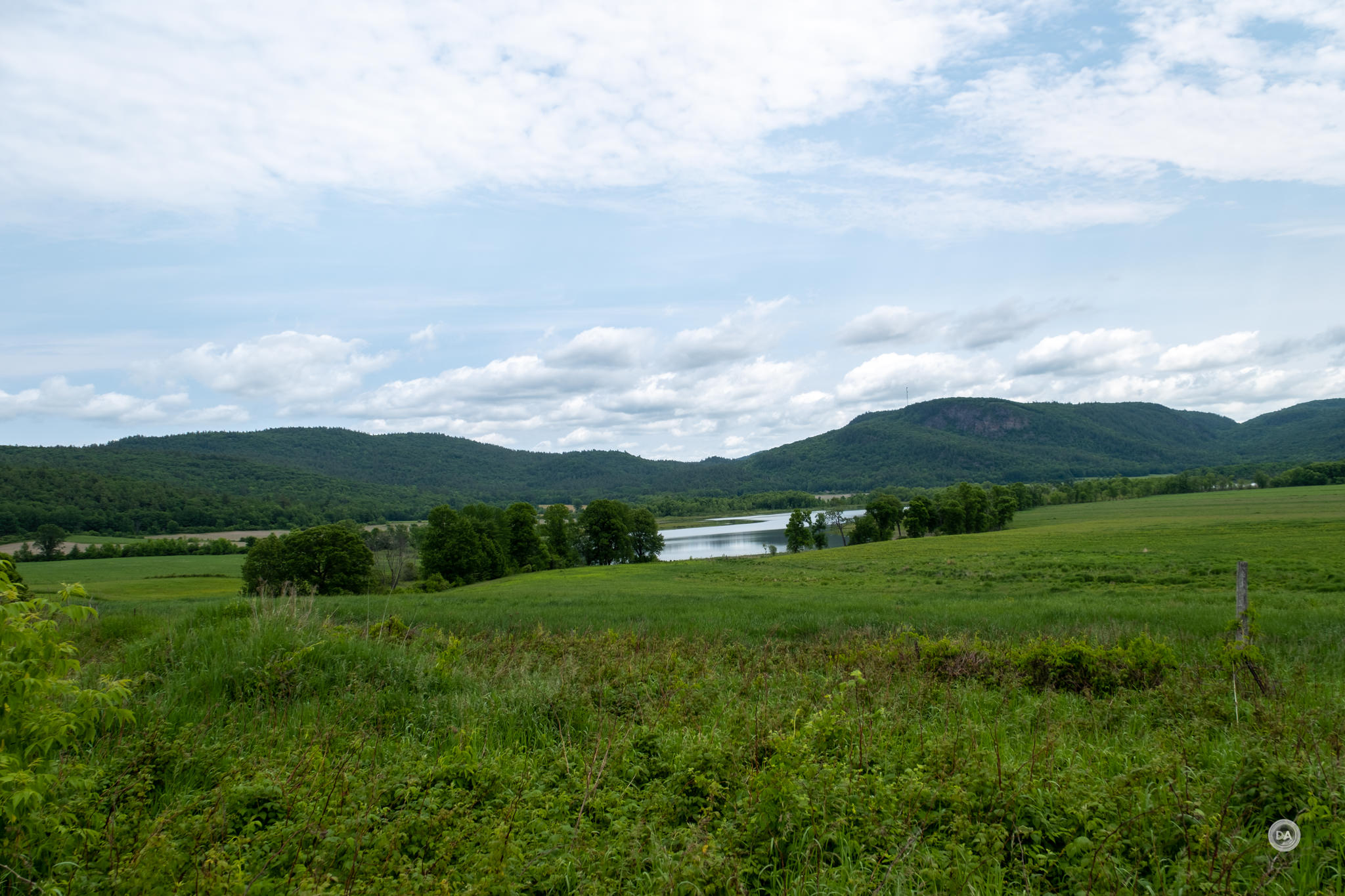


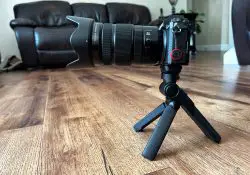
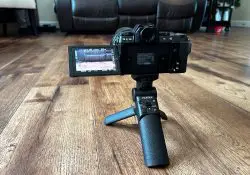


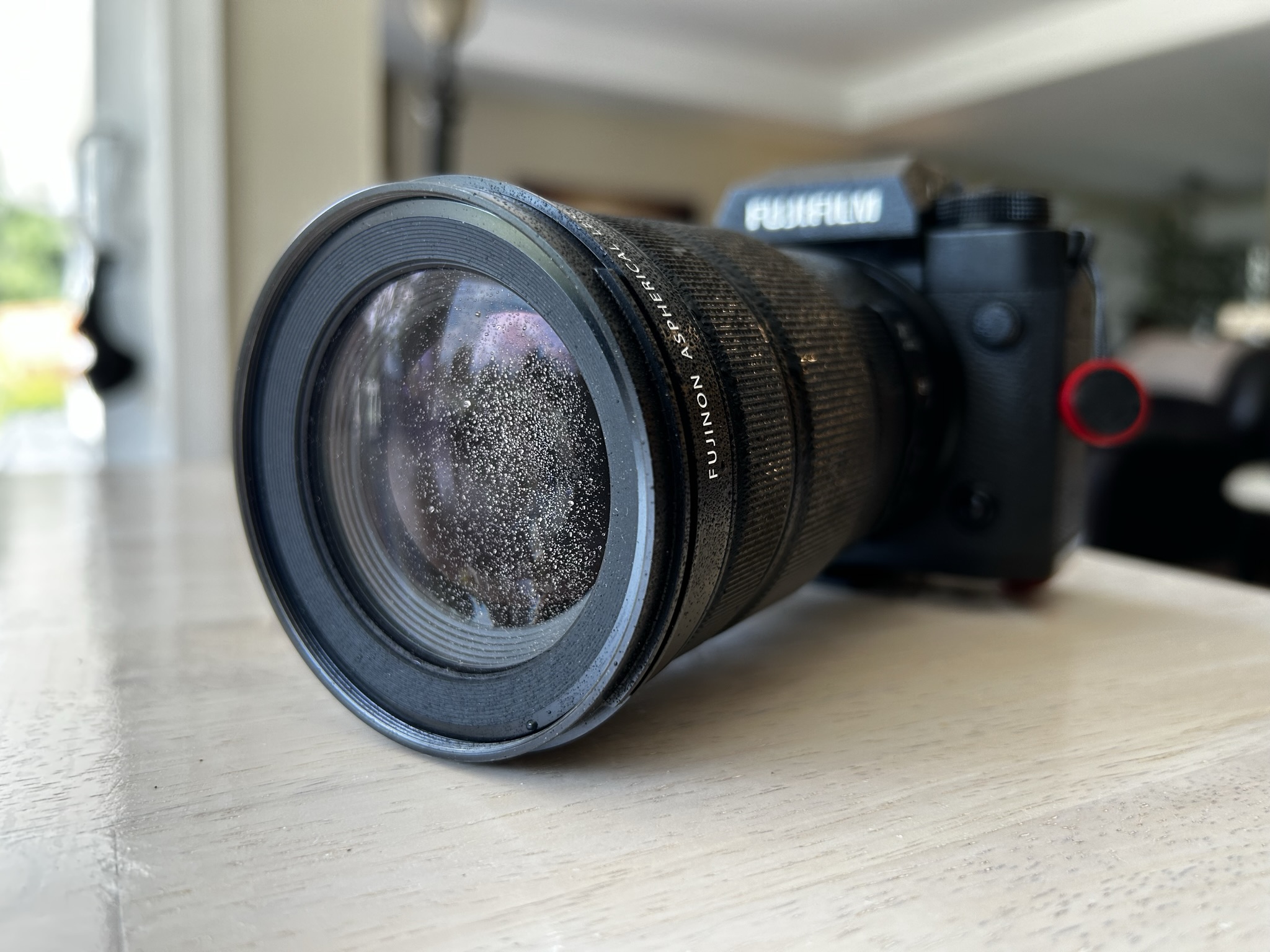
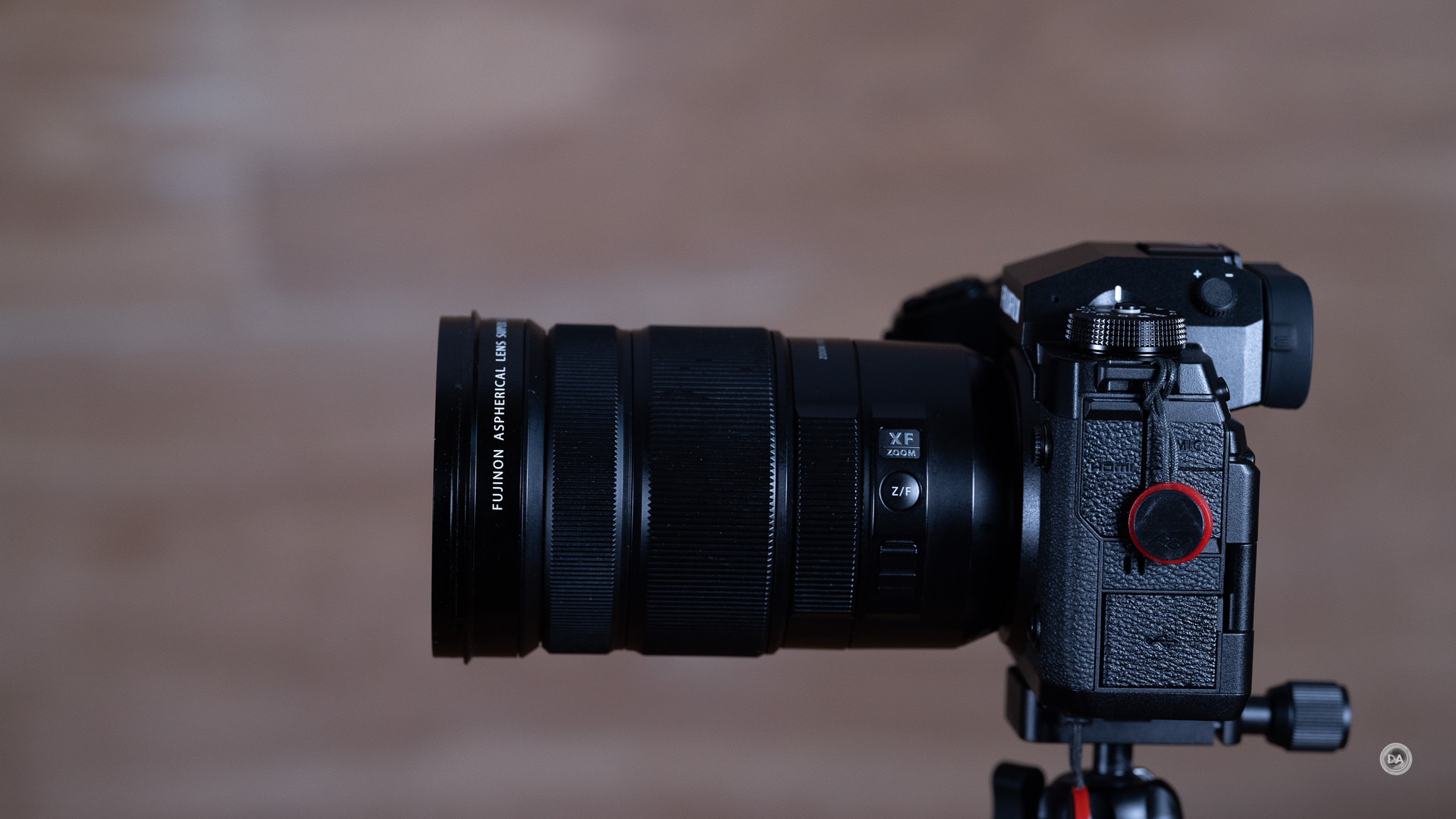
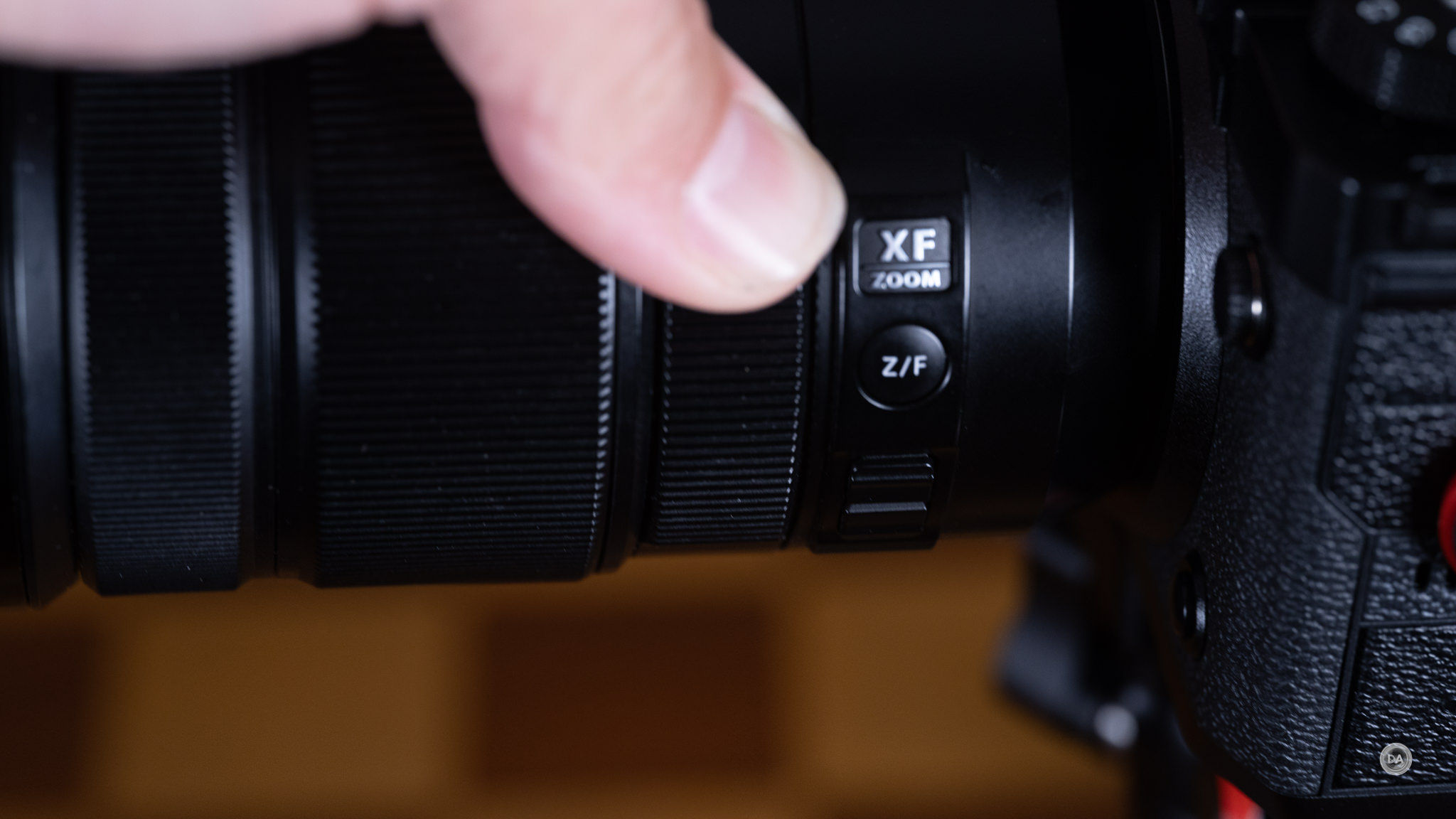

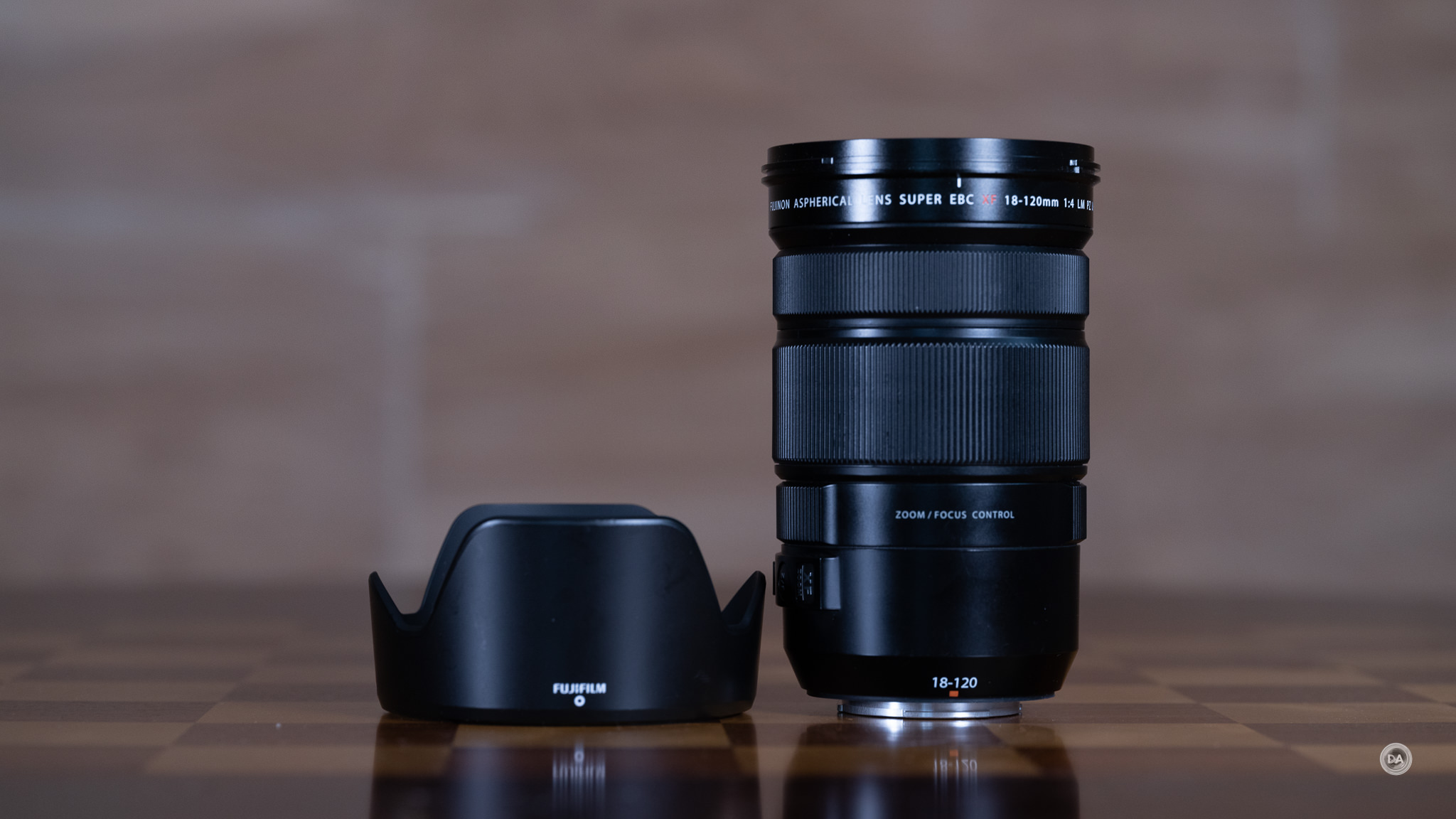










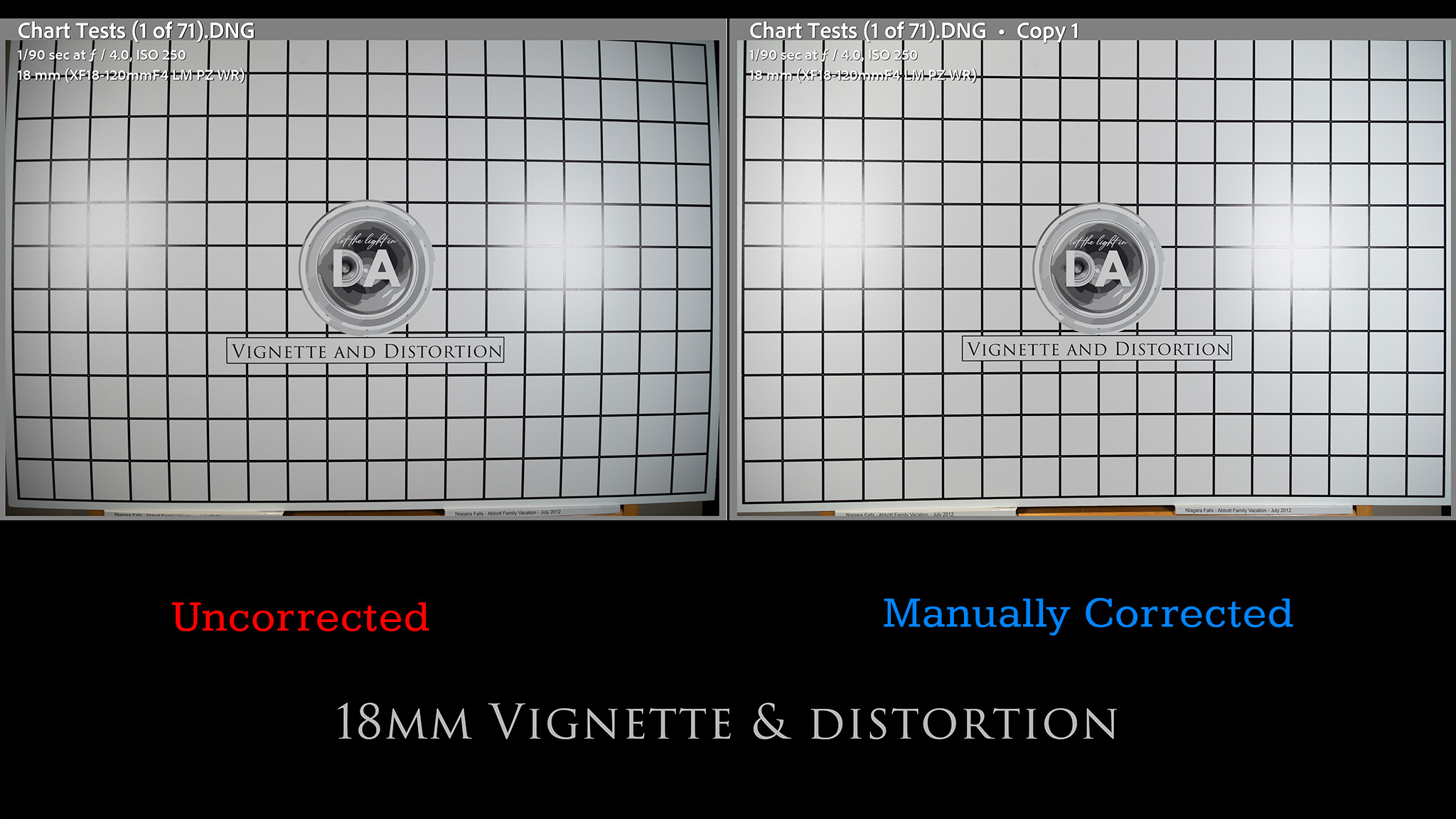
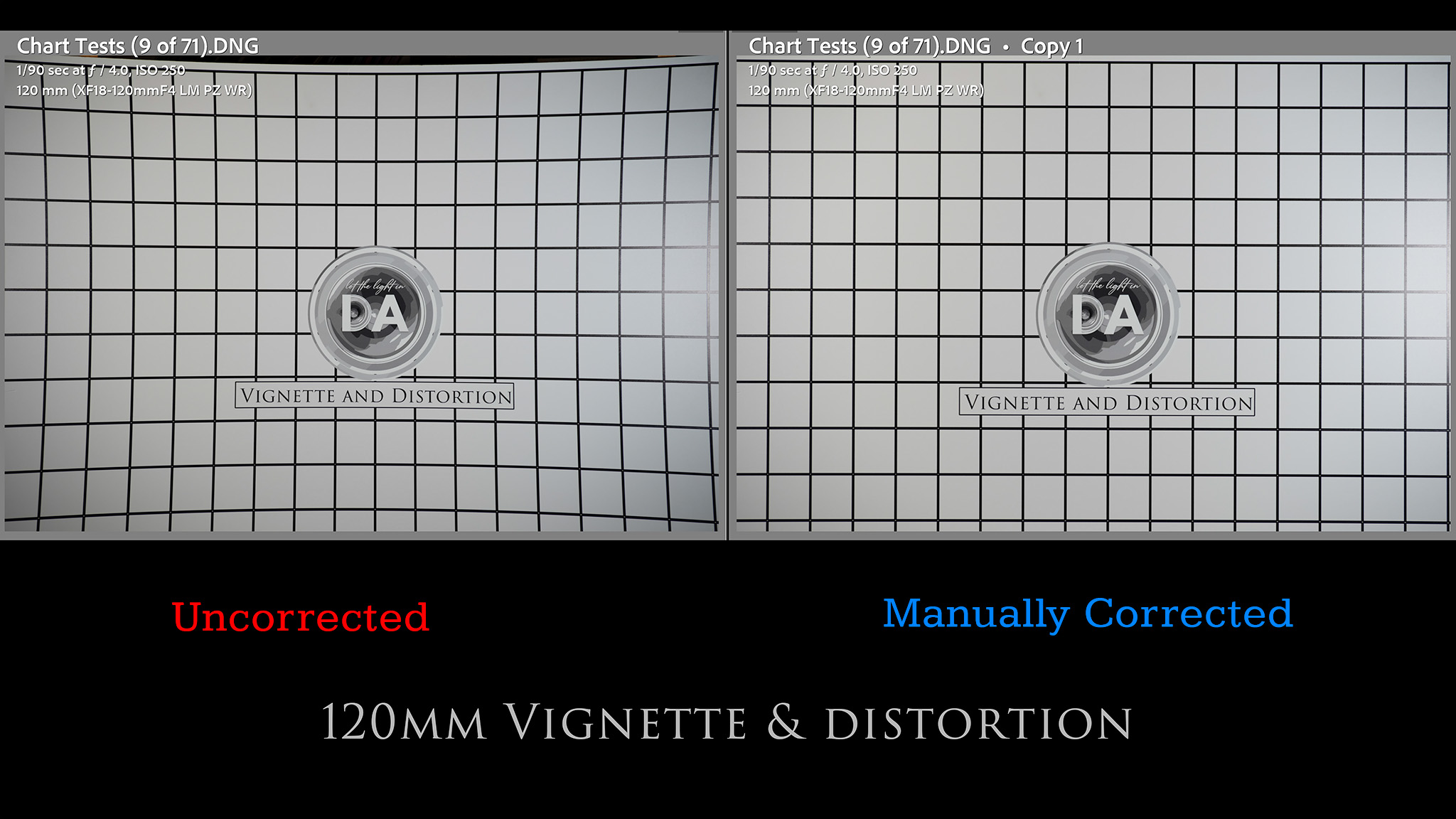


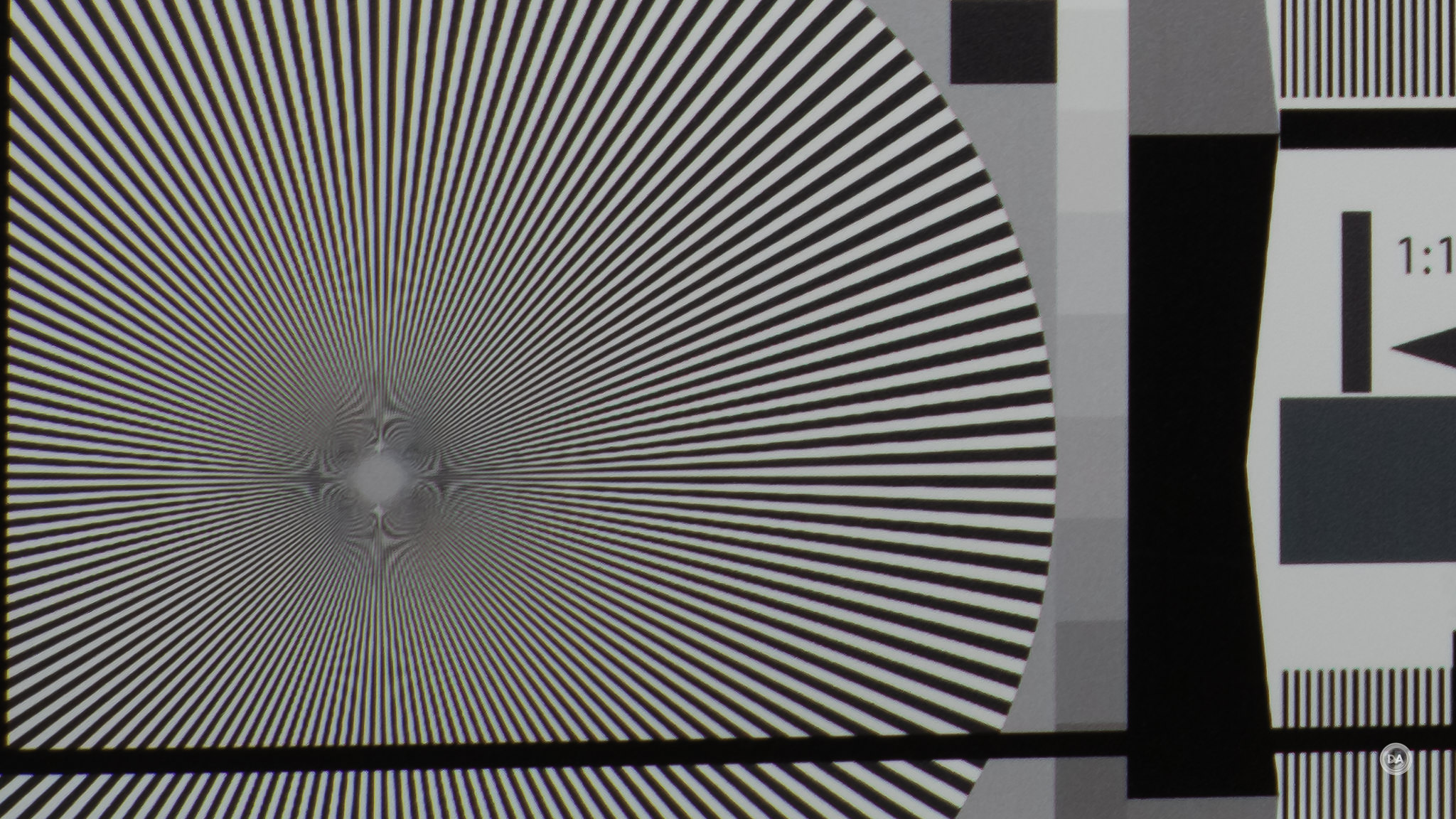







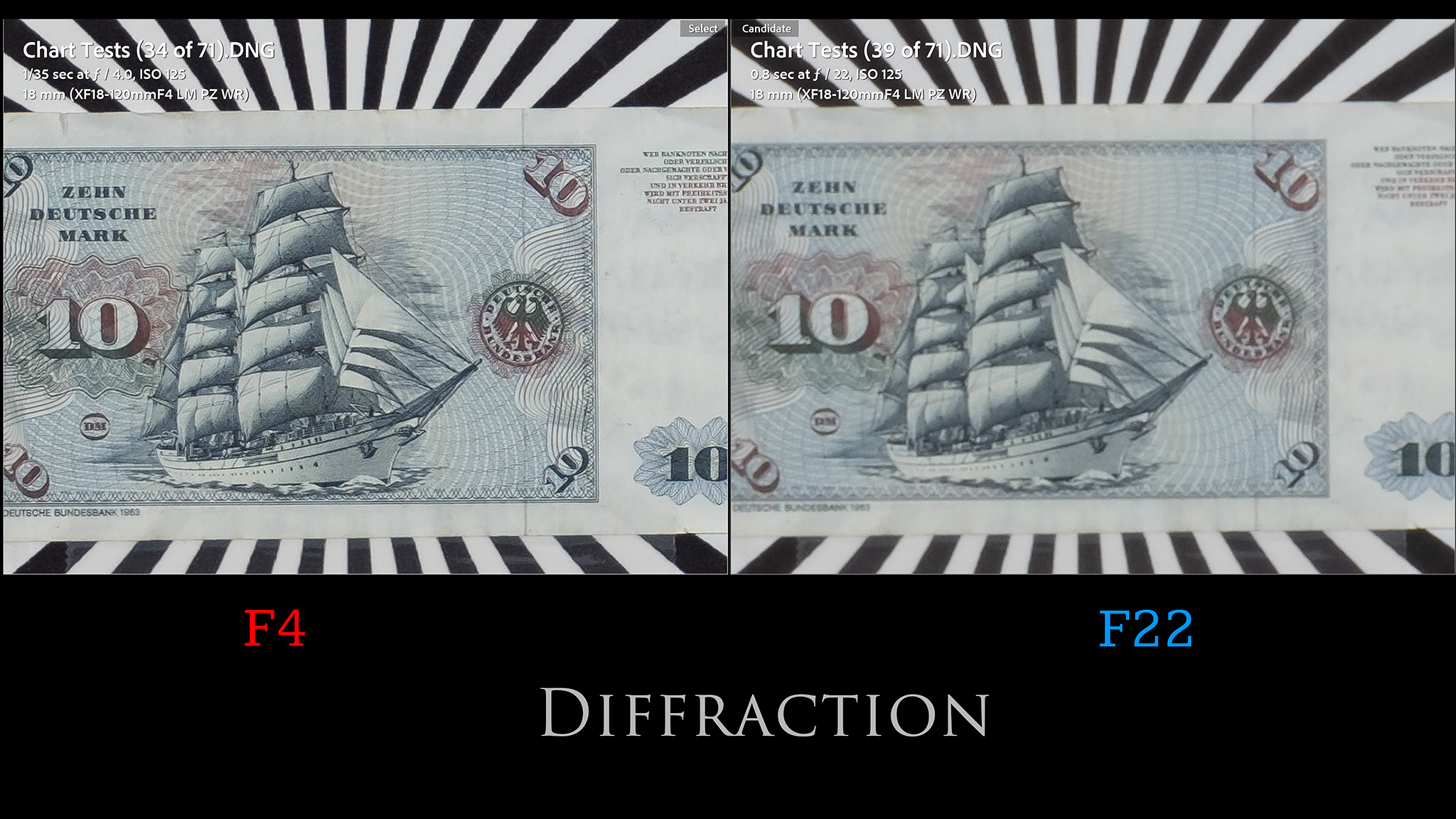
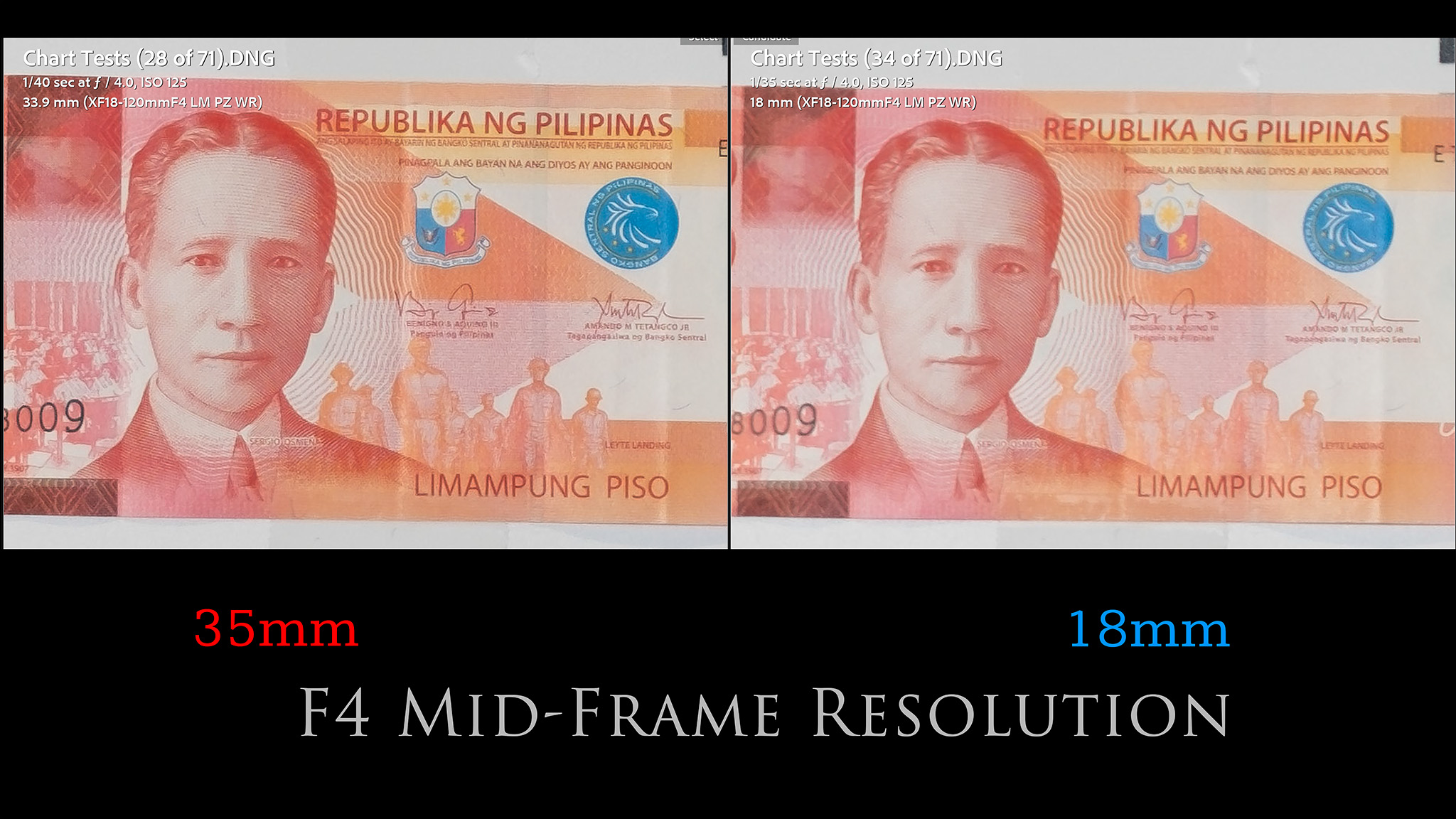

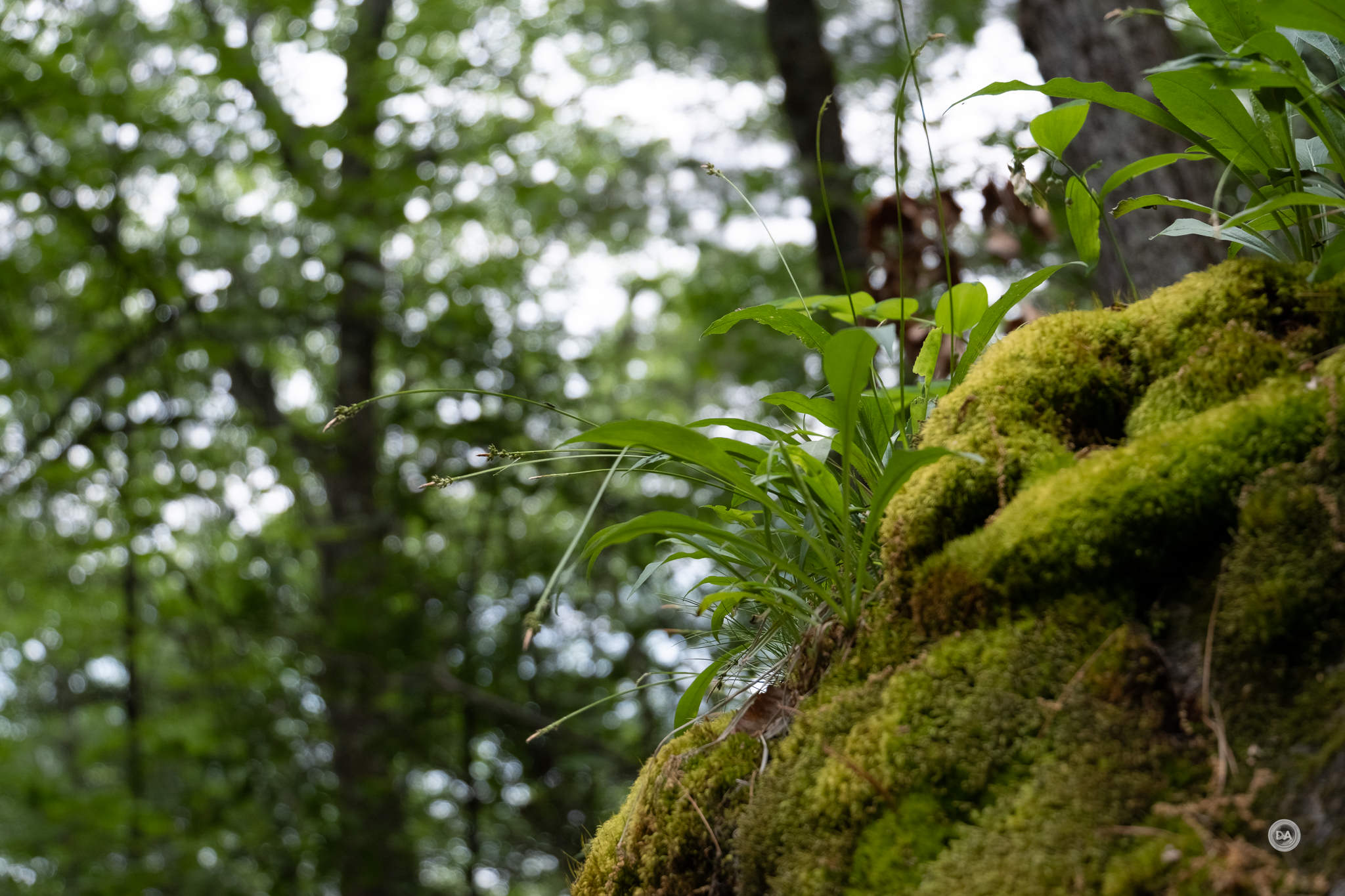
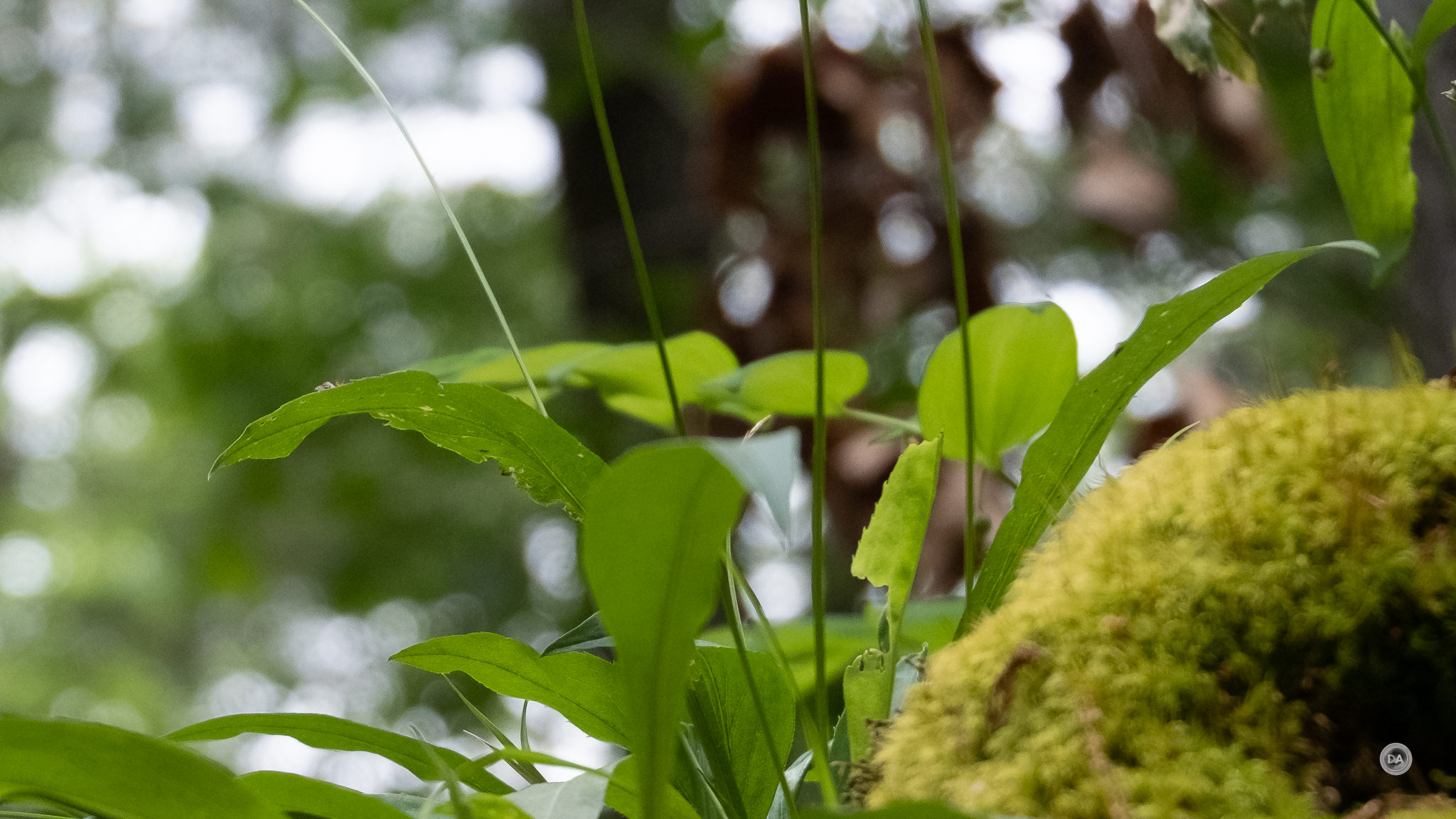

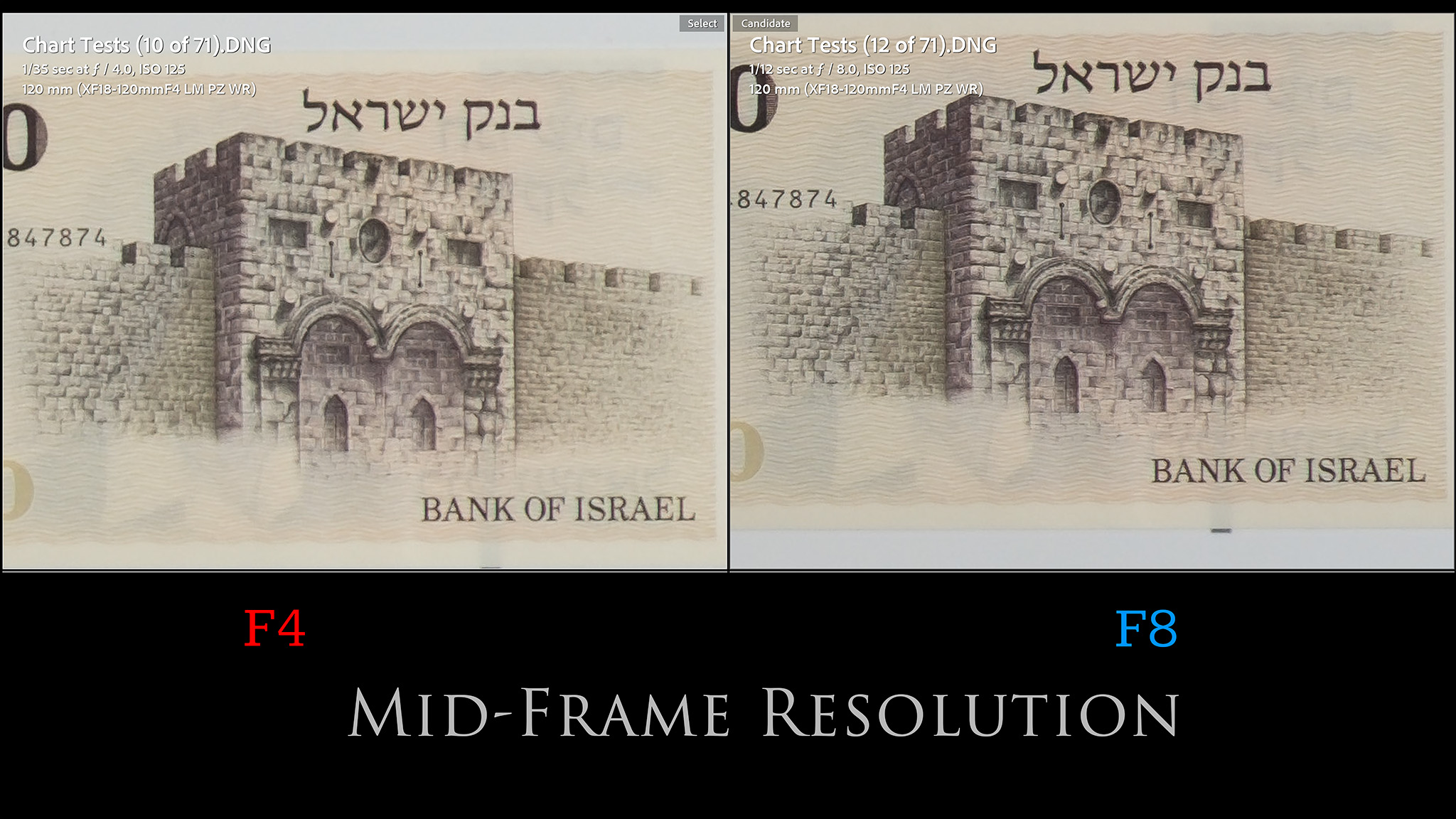









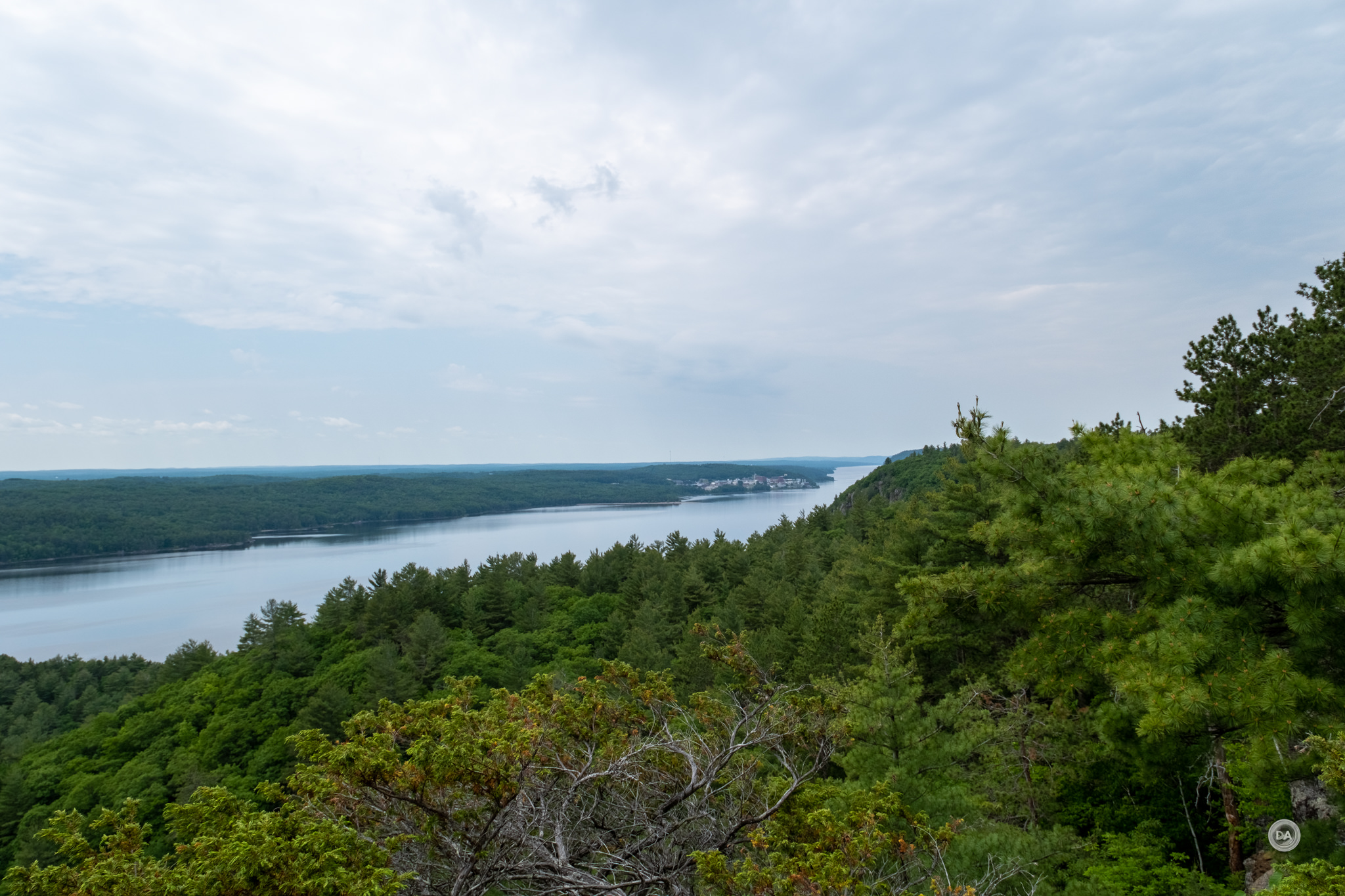






 Viltrox Pro AF 85mm F1.4 FE Gallery
Viltrox Pro AF 85mm F1.4 FE Gallery  Viltrox AF 85mm F1.4 PRO FE Review
Viltrox AF 85mm F1.4 PRO FE Review  Yongnuo YN 35mm F1.8 ART Gallery
Yongnuo YN 35mm F1.8 ART Gallery  Yongnuo YN 35mm F1.8 DA ART Review
Yongnuo YN 35mm F1.8 DA ART Review 


